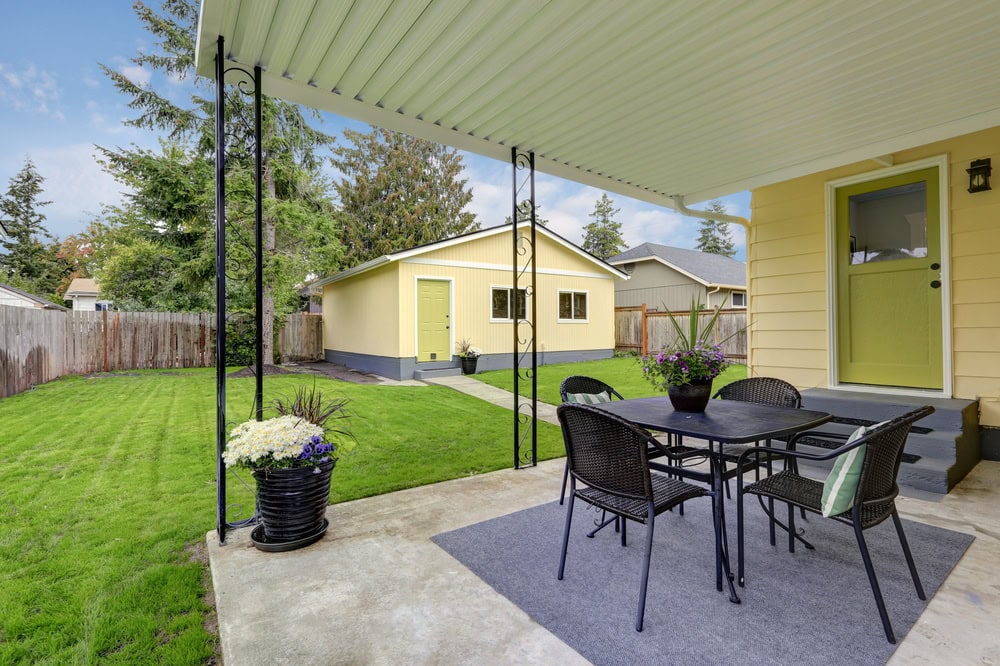California’s housing market is constantly evolving, and in recent years, Accessory Dwelling Units (ADUs) have emerged as one of the most dynamic growth opportunities for contractors. New state policies have relaxed zoning laws and streamlined permitting, making ADUs an attractive solution for homeowners seeking extra space, rental income, or multigenerational living options. For contractors preparing for their California license exam, understanding how to capitalize on this surge in demand is not just a smart business move, it’s quickly becoming essential.
Why ADUs Are Hot in California
The ADU boom stems from several trends converging across California. Chronic housing shortages have prompted lawmakers to empower homeowners to build secondary units on their properties, often with fewer regulatory barriers than traditional new construction. These smaller, self-contained homes (whether converted garages, backyard cottages, or basement apartments) offer affordable living options while allowing property owners to diversify income streams.
For contractors, this shift represents a sea change. Whereas large-scale additions and remodels dominated residential work in decades past, today’s market craves nimble, code-compliant solutions tailored to individual lots and budgets. As you prepare for your license exam, learning the ins and outs of ADU regulations will place you ahead of competitors who overlook this market segment.
Getting Licensed and ADU-Ready
To seize ADU opportunities, contractors must ensure proper licensing and regulatory knowledge. California requires that anyone performing construction work above $500 be licensed by the Contractors State License Board (CSLB), with specialty classes such as General Building (B), Residential Remodeling (B-2), and relevant trades (e.g., C-36 Plumbing, C-10 Electrical) all in high demand for ADU projects.
Start by reviewing exam materials focusing on local building codes, energy standards, and recent ADU statutes. Know that:
- Zoning rules now allow ADUs in most single-family and some multifamily zones.
- Plans must meet California Building Code and Title 24 energy requirements.
- Cities may have unique requirements for setbacks, parking, and fire safety.
Practical exam preparation might include drafting sample ADU layouts, calculating square footage, or role-playing permitting processes. Familiarize yourself with client conversations addressing costs, timelines, and legal use cases for ADUs, since real-world scenarios often appear on license tests.
Positioning Your Business for ADU Success
Winning ADU clients requires more than technical know-how; contractors must market themselves as experts in this fast-evolving niche. Here are actionable strategies:
- Specialize in ADU Compliance: Prominently display your understanding of current ADU regulations and permitting on your website, social channels, and proposal documents. Clients want professionals who can guide them through each city’s unique rules.
- Partner With Local Architects and Designers: Many homeowners begin their ADU journey with a designer. Building strong referral relationships ensures you’re top of mind when projects move to the construction phase.
- Leverage Case Studies: Feature before-and-after photos, client testimonials, and detailed breakdowns of previous ADU projects. Real success stories build trust, especially when you highlight your ability to resolve permitting or utility challenges.
- Educate Clients: Host webinars or write blog posts clarifying ADU costs, construction timelines, and financing options. Establishing yourself as a thought leader helps attract serious leads and demonstrates commitment to transparency.
Practical Examples: Growing with the ADU Trend
Consider a recently licensed contractor who launched their business focusing solely on ADUs in a high-demand area like Los Angeles County. By streamlining project delivery and handling city-specific permit hurdles, this contractor quickly built a reputation as the neighborhood’s go-to ADU expert. Their approach included:
- Offering free initial consultations, helping homeowners understand site eligibility.
- Using templated design options to reduce architectural costs and speed up construction.
- Collecting testimonials and leveraging word-of-mouth marketing through satisfied clients.
Another example involves a trade specialist, say, a plumbing contractor, who began sub-contracting for ADU builders. By mastering ADU-specific requirements such as separate water meters, they became indispensable on every project, expanding their reach and improving their bottom line.
Seize the ADU Opportunity
California’s ADU renaissance is not a passing trend; it’s a robust segment with lasting potential for contractors willing to adapt. By prioritizing education on licensing and compliance, marketing expertise, and client-centric professionalism, new contractors can position themselves for sustainable growth. As you study for your license exam, focus on practical skills and real-world scenarios that translate into immediate business advantages.
Whether you aim to build complete backyard residences or specialize in ADU plumbing and electrical work, embracing this movement will put you at the forefront of California’s housing evolution. Now is the time to leverage emerging ADU demand, your contracting future depends on it.

